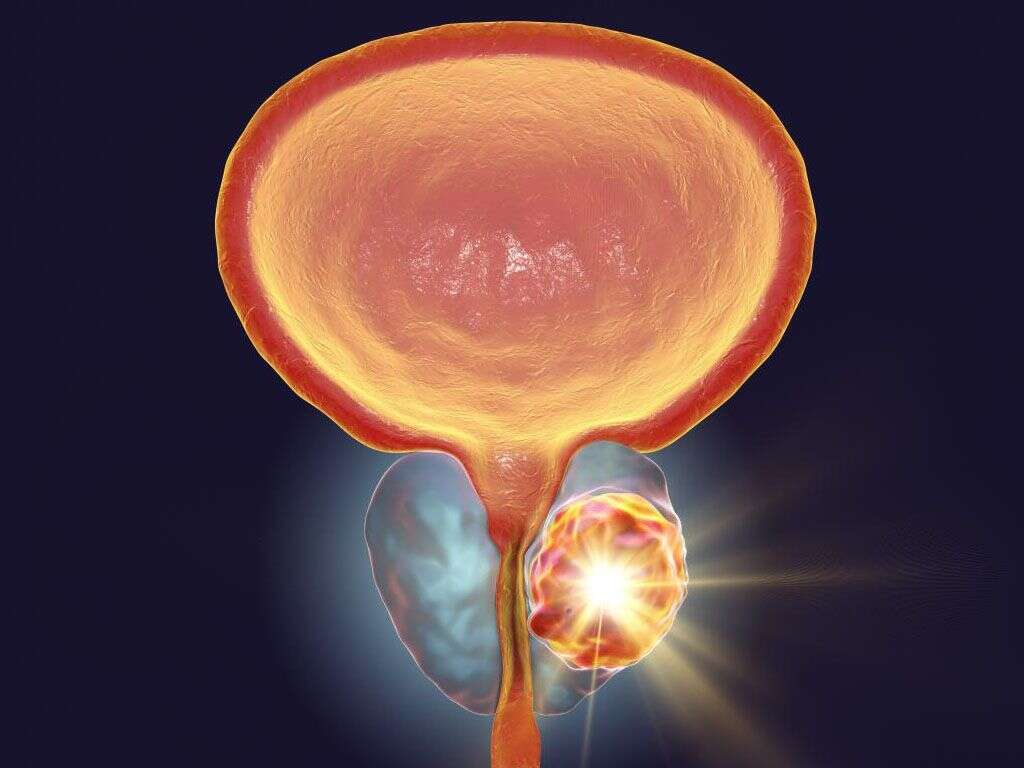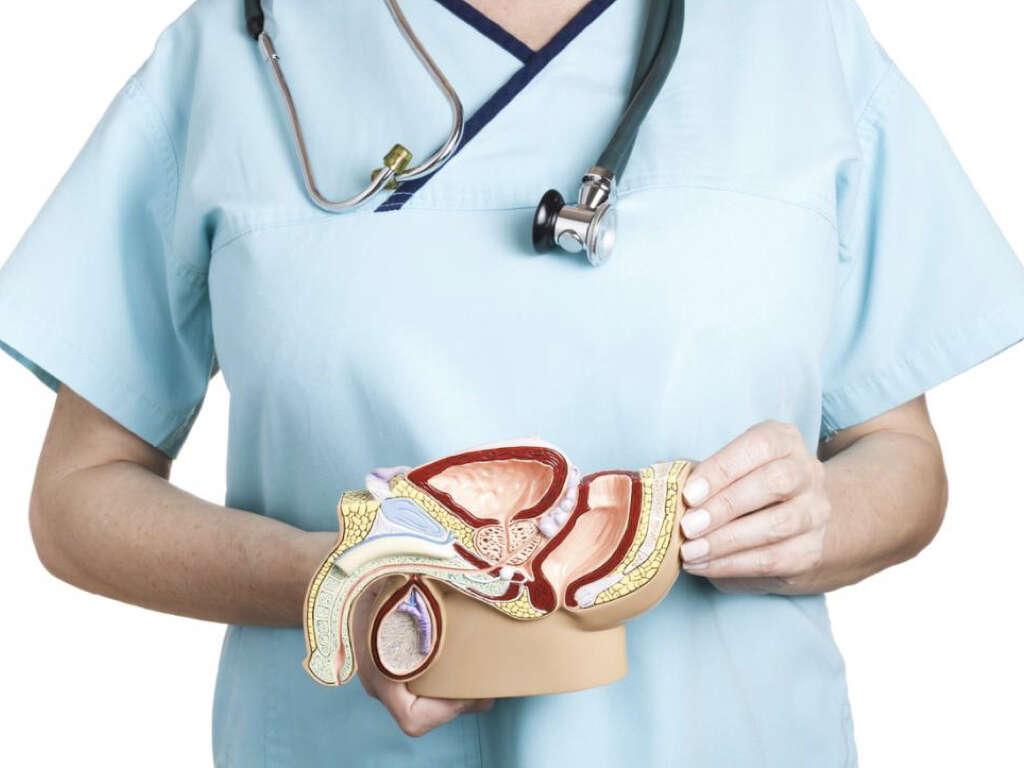What Is Epididymitis?
The male reproductive system is made up of several parts, one of which is the epididymis. The epididymis is a coiled tube that sits at the back of each testis, both of which are responsible for converting male hormones into sperm. When sperm begins to grow in the testes, they slowly gain movement and maturity as they travel through the epididymis.
Under normal circumstances, sperm will travel through the epididymis and to the vas deferens (the last stop before it reaches the ejaculatory duct), all the while gaining maturity. However, sometimes the tube may swell and cause discomfort or even pain. When this happens, the male may be experiencing “epididymitis.”
1. What Is Epididymitis?
Epididymitis is inflammation of the epididymis. The condition can be either chronic or acute. In acute cases, inflammation is typically the result of an identifiable infection somewhere else in the body, such as the urethra, bladder, prostate or kidney. In most acute cases, inflammation presents in the epididymis and testes for up to six weeks.
Chronic epididymitis, on the other hand, can last for more than six weeks. The symptoms, which come and go, differ from those associated with acute epididymitis and are typically less severe. With chronic epididymitis, symptoms are typically localized to one or both epididymis. Causes of chronic epididymitis almost always remain unknown.
2. What Are the Symptoms of Epididymitis?
In cases of acute epididymitis, the main symptom is pain in the scrotum that starts in the back of a single testis. As inflammation spreads, however, it can affect the whole testis, scrotum and groin. The skin around the testis may grow tender, red, swollen and warm. The scrotum may also swell with a fluid called hydrocele.
Acute epididymitis causes other symptoms as well. Those include pain in the penis and groin area, burning while urinating, blood in urine, the constant need to urinate, pain in the lower abdomen, fever, pain during intercourse and ejaculation, and abdominal penile discharge. Chronic epididymitis is far less severe and typically causes intermittent pain that goes away on its own or with antibiotics.

3. What Causes Epididymitis?
When it comes to chronic epididymitis, the cause almost always remains unknown. However, acute epididymitis is the result of a clear infection. The most common cause of acute cases is the bacteria Mycoplasma, most commonly known as chlamydia. Other sexually transmitted diseases may also cause acute epididymitis.
E. coli can also cause acute cases, as can viral infections such as mumps and tuberculosis. When an infection isn’t present, epididymitis may be the result of urine that flowed back into the epididymis. This can happen when there is trauma to the groin area, during heavy lifting, when a catheter is inserted or when the prostate gland becomes enlarged.
4. Who Is at Risk for Epididymitis?
Though any male can develop epididymitis, it most often affects boys and men between the ages of 14 and 35. It also commonly affects sexually active males. Risk factors for developing the condition include sex without a condom, sex with a partner who has an STI and a history of STIs.
Non-sexually active or promiscuous males may also contract the condition. Non-sexual-related risk factors include a history of medical procedures that affect the urinary tract, a history of urinary tract or prostate infections, an enlarged prostate, an atomically abnormal urinary tract and an uncircumcised penis.

5. Can Children Get Epididymitis?
Pediatric epididymitis has and can occur, though the cause is usually different than that associated with adult conditions. When a child does develop epididymitis, it is typically because of direct trauma to the groin, a reflux of urine into the epididymis, a UTI or a twisting of the epididymis.
Symptoms of pediatric epididymitis, on the other hand, do resemble those of adult cases. If a child develops the condition, he will experience pain or burning while urinating; lower abdominal or pelvic pain; discharge from the urethra; fever; and/or redness, swelling and tenderness of the scrotum.
6. Can Epididymitis Be the Result of a More Serious Condition?
In rare cases, epididymitis is the result of a more serious condition known as testicular torsion. Testicular torsion occurs when the testis gets twisted around the cord that connects it to the body. This condition is not only painful but also, it’s a medical emergency. Without treatment, the male may lose the twisted testicle.
Symptoms of testicular torsion are similar to those associated with epididymitis, but they develop much faster. The swelling and pain will extend past the epididymis and into the testicle quickly and noticeably. Individuals who experience sudden pain in the testes should seek medical care right away.

7. How Is Epididymitis Diagnosed?
To diagnose epididymitis, a doctor will perform a physical exam of the scrotum and look for signs of infection. He or she will also inquire about the symptoms the patient is experiencing. If the doctor suspects infection of the prostate is involved, he or she may also perform a rectal exam.
Physicians may use a number of tests to confirm the presence of epididymitis. Those include urine samples to check for signs of infection, swab samples to get samples of penile discharge, blood samples to look for abnormalities, and ultrasounds to exam the testicles and scrotum.
8. How Is Epididymitis Treated?
How a doctor will attempt to treat epididymitis depends on what is causing the infection. If an STI caused the infection, the patient is required by law to tell his sexual partner. He must also abstain from intercourse until the infection clears. If a bacterial infection caused the condition, the doctor may prescribe antibiotics.
To help manage symptoms until the infection clears, the doctor may prescribe anti-inflammatory drugs and over-the-counter painkillers. He or she may also recommend that the patient take it easy for a few days or weeks and rest with the scrotum elevated, wear scrotal support when standing and apply an icepack.

9. What Is the Prognosis for Epididymitis?
In most cases, epididymitis will clear up either on its own or with recommended treatment. Affected males almost never experience long-term reproductive or sexual issues, though their risk of reoccurring infection does increase after the initial infection. In rare cases, complications do occur.
Complications of epididymitis include testicle shrinkage, chronic epididymitis, death of testicular tissue and infertility. A patient can prevent complications, however, by seeking treatment early and following through with the entire course of antibiotics. Affected males should also schedule follow-up appointments to make sure the infection has cleared.
10. Is Epididymitis Preventable?
Most cases of epididymitis are preventable. Sexually active males should always wear a condom and talk with their partners about the possible existence of STIs. Males should also avoid heavy lifting that may cause trauma to the epididymis, as well as avoid long periods of sitting.
If a male has a history of reoccurring urinary tract infections or lives with other risk factors of epididymitis, he should discuss with his doctor lifestyle changes he can make to reduce his risk of developing the condition.










